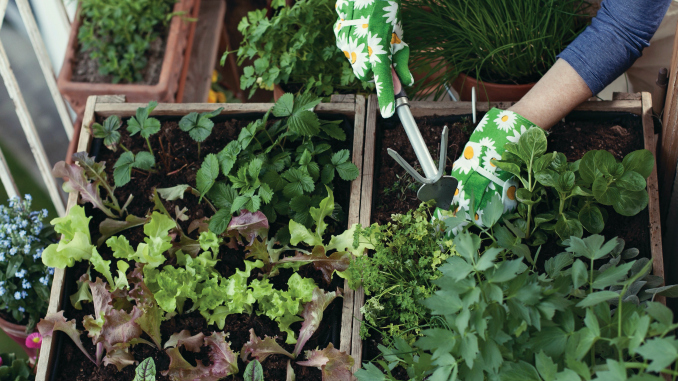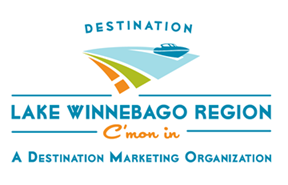Green Cuisine
01/26/2020
By Maura Keller
As corporate, association, and other meeting and event patrons become food savvy, crave variety and demand a wider range of flavors, more planners view sustainable and green food and beverage options as an easy avenue to please attendees and keep clients coming back for more.
“The simple reason these efforts continue to gain momentum is because people want products and services that are safer and healthier, and have a reduced impact on the environment,” says sustainability expert Steve Ashkin. “And because everything is so competitive, it gives caterers an opportunity to meet this growing awareness and differentiate from their competition.”
Adrienne Koclanis, the director of events at The Pfister Hotel in Milwaukee, agrees that going green and pursuing environmentally friendly practices is gaining momentum in the catering industry.
Koclanis explains that consumers are increasingly concerned with eco-friendliness. In turn, they are demanding more sustainable offerings as it relates to menu options, bottled water, serving utensils, etc.
“Meeting and event planners can green menus by offering localized menu options, sourcing meats and vegetables from smaller, local farms, and listing it on the menu,” Koclanis says. “Using food sources that are closer can result in lower prices because it costs less to transport. It also usually tastes better because produce is picked when it’s ripe.”
Many restaurants and caterers are adding small gardens where they grow their own produce for menu dishes. This cuts costs and enhances the freshness of the meal.
While sustainable menu options are key, meeting planners also are turning their attention to such things as incorporating green utensils, which can include bamboo, wood and compostable options for guests.
SUSTAINABLE STEPS
Ashkin says meeting and event planners should be intentional about their sustainability efforts. First, define what green means within the food and beverage industry. Essentially, Ashkin says green menus include “products or services that reduce health and environmental impacts compared to similar products and services.”
“Try to have at least some vegetarian and/or vegan options,” Ashkin says. “And importantly, tell the guests what you have done. Include it on the menu or in the descriptions of the food. If you don’t say what you’ve done, guests assume you have done nothing out of the ordinary.”
When selecting a caterer to create a sustainable menu, the key question to ask is if the company has ever worked on a green event before.
David Porto, owner and director of events for Blue Plate Catering in Madison, says it’s important to ask about the processes the caterer has implemented and what has been learned.
“The proof is in the pudding. A caterer can talk about going green and how wonderful it is without really doing it at all,” Porto says.
COST VERSUS BENEFIT
Koclanis says that, in general, sustainable or organic meats and produce cost more than conventional meats and produce, but there are cost-saving benefits to embracing environmentally friendly practices.
“Although your food cost might increase, you can offset that by reducing expenditures in other areas,” Koclanis says. For example, using energy-efficient bulbs to lower energy bills.
But keep in mind that locally sourced food pricing varies as Wisconsin includes a winter climate. From November to April it becomes more challenging and expensive to source food locally.
“And we still live in a disposable society, so making a conscious effort to be sustainable is more expensive, both in time and money,” Porto says.
WHAT TO DO WITH WASTE
The sustainability of the food is paramount, but so too is the proper handling of the food waste that results from a green meeting or event.
According to Ashkin, this is probably the toughest issue to solve and it all comes down to what the local waste hauler is willing to do. In some places, there is no composting, so it doesn’t matter if you separate the food. And in other places, there is no recycling.
“Begin with the waste hauler; let [the company] know you are interested in these things and see what it will do to work with you,” Ashkin suggests.
ON THE HORIZON
Soon meeting planners interested in orchestrating a sustainable event are going to need to think about the entire supply chain.
“The best caterers will build relationships with local farmers and florists. They will understand what local waste haulers can and cannot do,” Ashkin says. “They will think about the service ware and how to green it. Catering will continue to be a very competitive business, and the future will belong to those who innovate and take advantage of the changing demands of their customers.”
Koclanis says it is imperative that our country gravitates toward a greener movement.
“It is here to stay, but it is up to venues to be proactive and provide greener options, and the clients to request these items so that this becomes the norm,” Koclanis says. “It is our responsibility to encourage clients to get on board and show them the benefits. However, these ideas will be more readily adoptable when they become more affordable.”
Eco-Conscious Questions for Your Caterer
The team at the Pfister suggests that meeting and event planners looking to go green ask caterers:
- Where is your food sourced?
- Do you offer recycling and/or food waste composting?
- What types of disposables, if any, do you use?
- Do you offer seasonal produce items?
- What do you normally do with surplus food?
- Is a tap water station available rather than bottled water?
- Do you offer locally sourced proteins, starches and vegetables?











